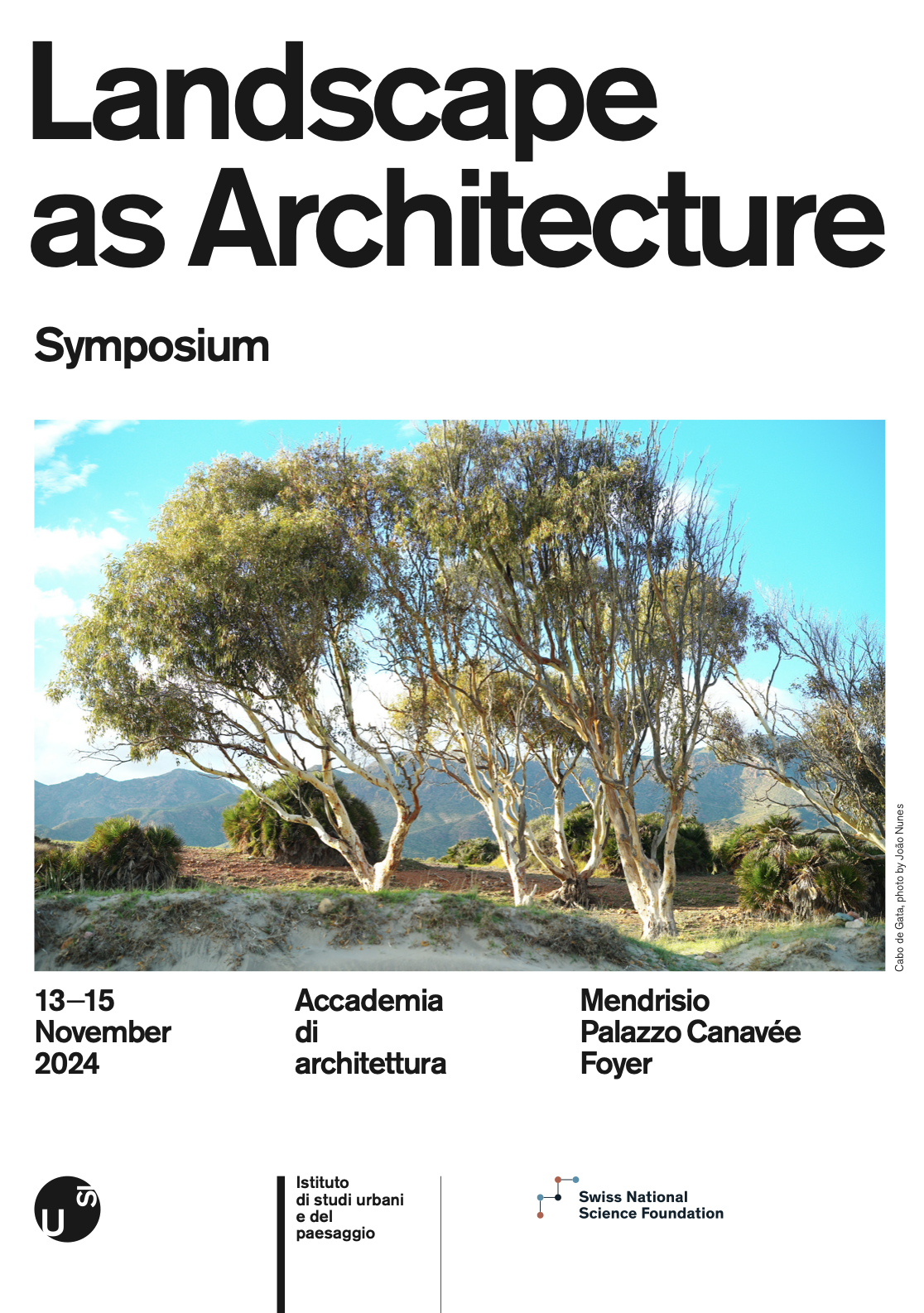
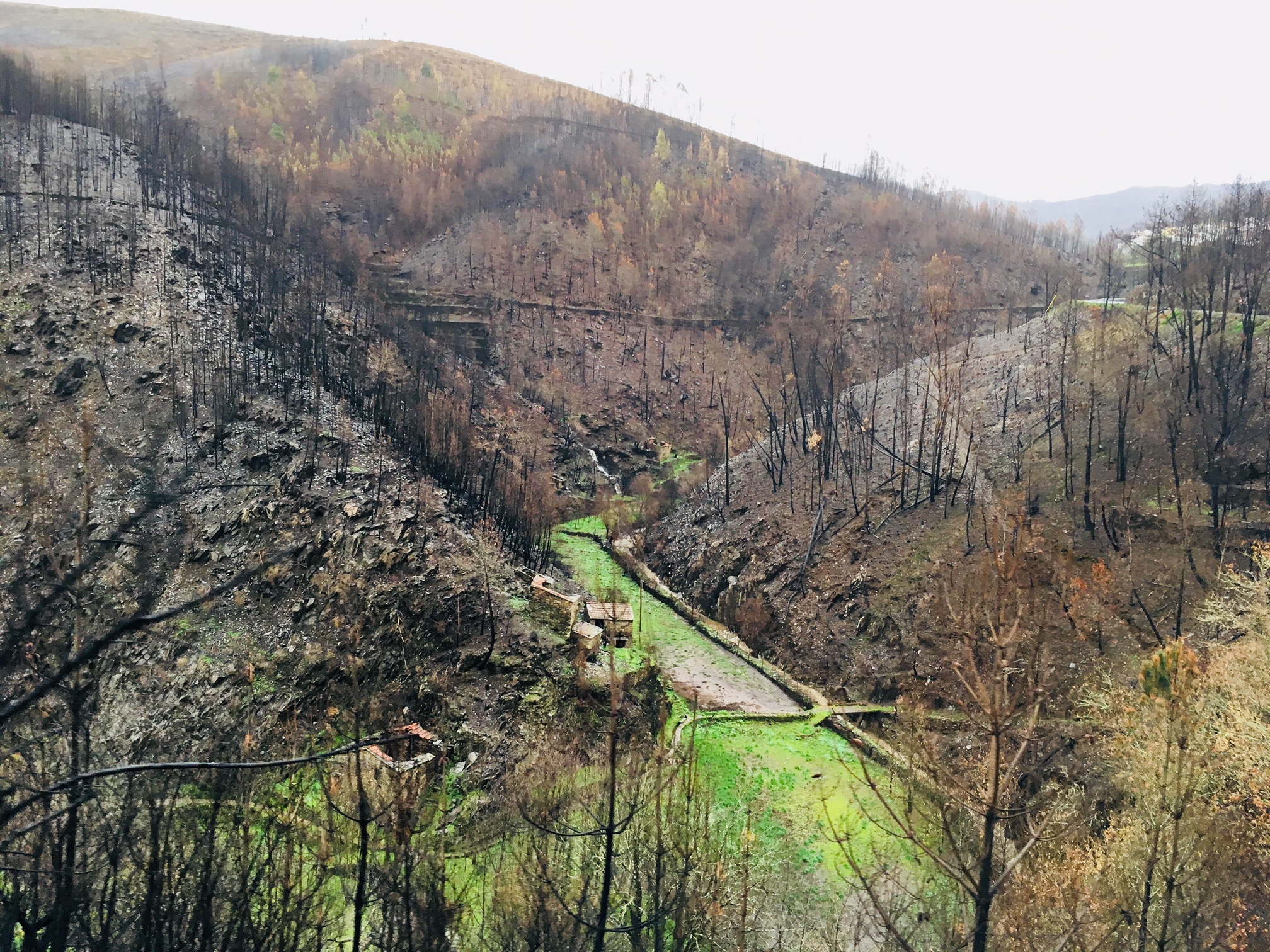
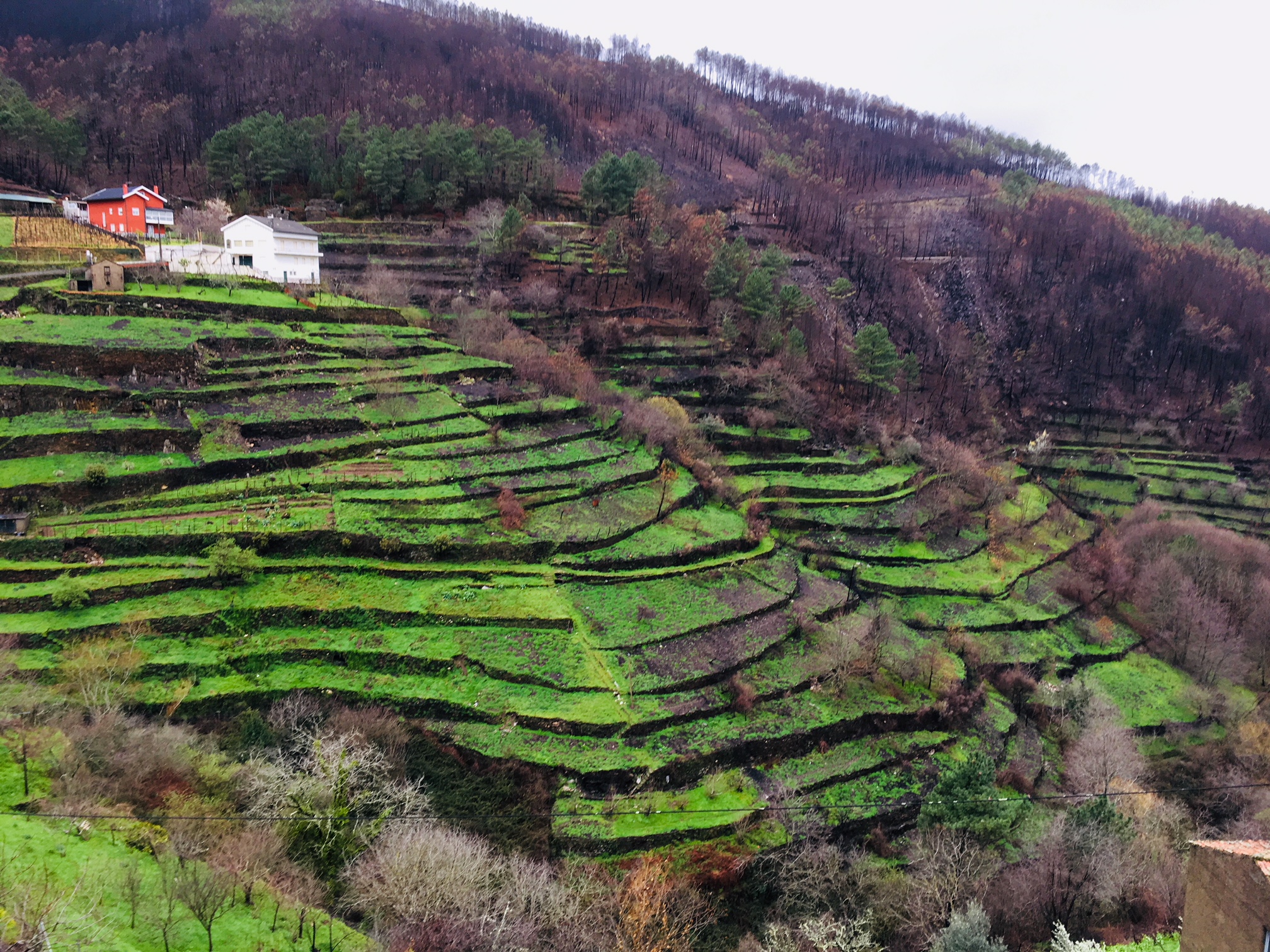

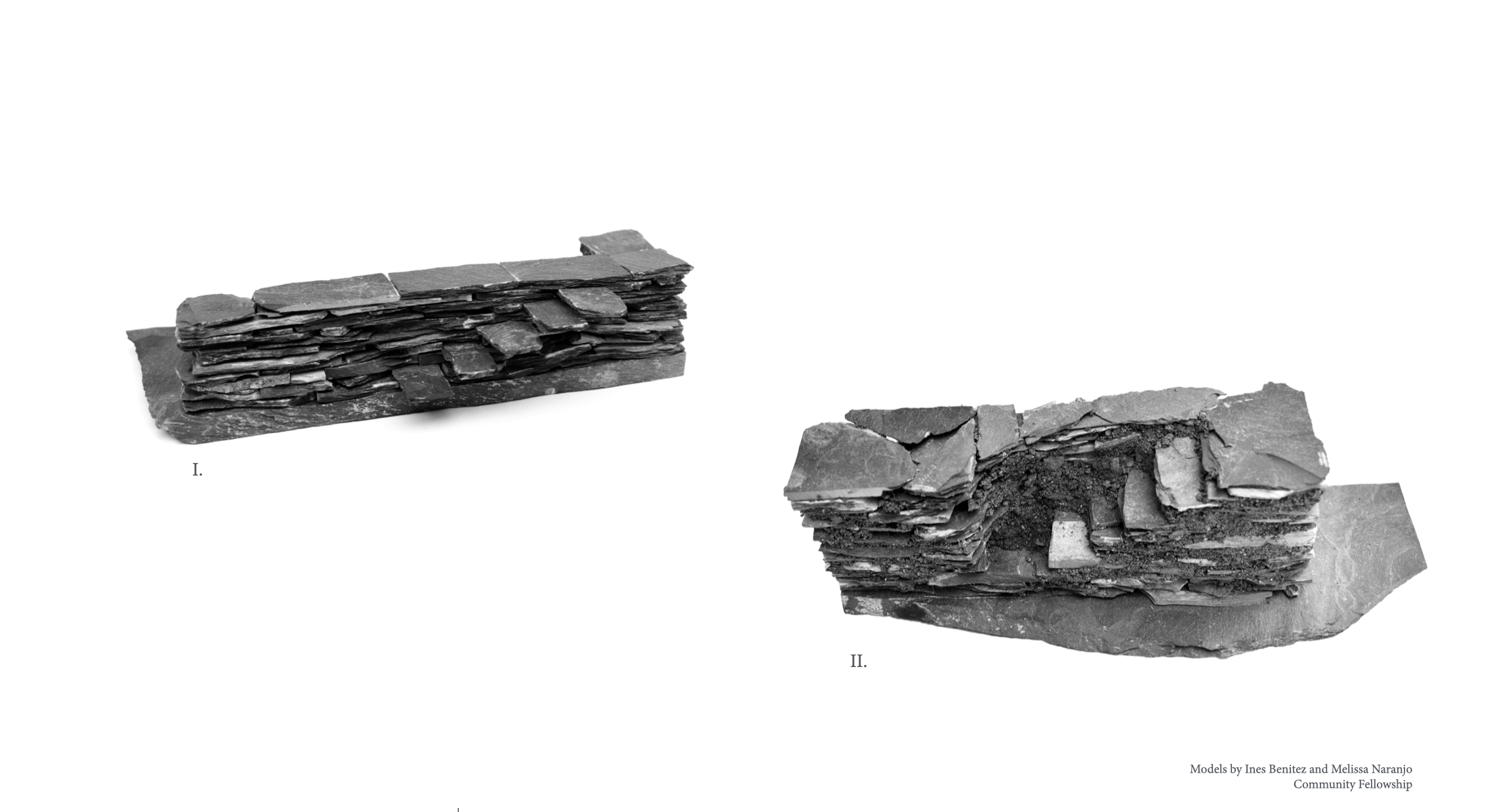
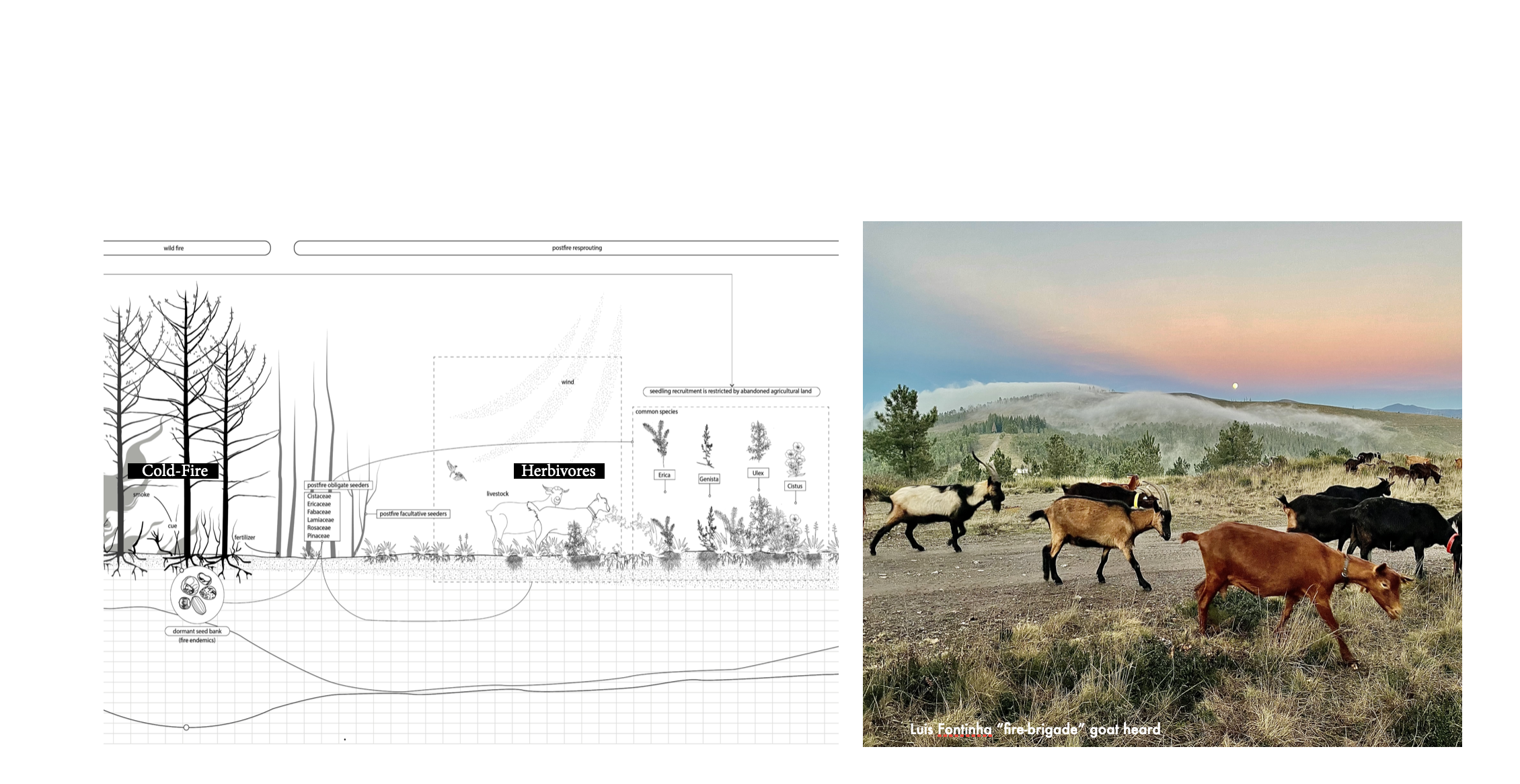
Landscape as Architecture
The history of fire and its suppression in landscapes throughout the world pairs with an engrained trajectory of social inequity. Once adored, domesticated, and harnessed through fossil fuel-based combustion in the industrial era, fire has become one of the most threatening elements of the natural world in the form of globally spread wildfires. Currently, it is not a question if wildfires will come, but instead, when and how.
Despite the undeniable bond to human’s history, fire has become one of the most politically charged and contested elements. This has been fueled by an ethical awakening in the core of ongoing systemic inequalities linking the history of fire suppression with cultural marginalization and the colonial dispossession of traditional communities—these, practitioners of "Cold-fires” to assist pastoral and silvo-agricultural production, spiritual well-being, cultural practices, biodiversity stewardship, or simply protection against wildfire threats. This presentation illustrates a few examples on how local governments and collective initiatives have established new design reciprocities aiming to re-introducing fire as a catalytic element in ecological stewardship and cultural affirmation.
Program: Lecture in Symposium: Landscape as Architecture, Accademia di Architettura, Mendrisio